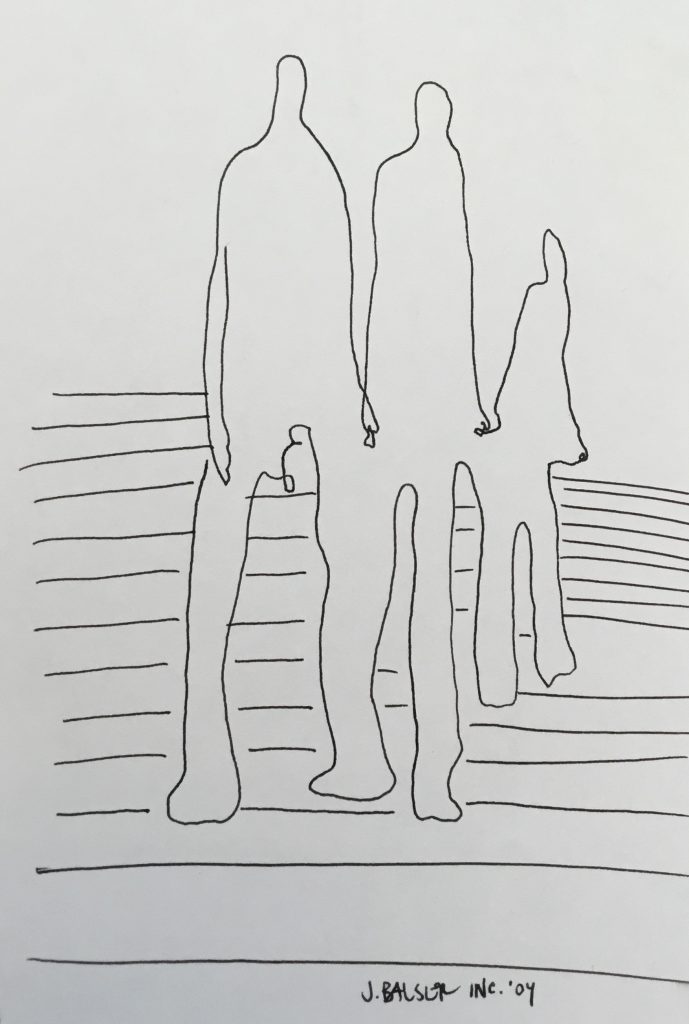
Jennifer is an Atlanta Female Abstract Artist and conceptual creative who communicates through the written word and the visual arts. She uses her love of learning to explore new mediums in her quest for conversation. Jennifer’s work explores the human experience. With an extensive formal education in graphics arts, advertising, and brand strategy, Jennifer’s observations and interests often reflect nature’s market place.
As an Atlanta Female Abstract Artist and advertising art director, Jennifer consistently developed nationally recognized advertising campaigns. In 1997, Jennifer and writing partner, Rich Tlapek, conceived and sold to MasterCard the first “Priceless” television commercial. In 2008, Jennifer’s work for Southwest Airlines was inducted into the National Advertising Hall of Fame. Creating successful print and television campaigns fueled Jennifer’s love for production and persuasion.
“It’s magical to see one of your ideas reach a national audience and through humor and insight not only change the viewers opinion, but affect their actions. But seeing my personal experiences, beliefs, and original insights morphed into a corporation’s voice made me realize I wanted to be the one humanized.”
In 1998, Jennifer Fleming-Balser legally incorporated herself; founding J. Balser Inc., a pseudo-imaginary mega-conglomeration whose corporate mission was to produce and distribute the creative messaging of Jennifer Fleming-Balser.

The Art of the Line
As an advertising art director, Jennifer stumbled on a sociological paradox in visual communication: while more information enhanced comprehension, less information increased relevancy. To strip away most identifiers, Jennifer used the simplicity, versatility, and anonymity of the line.
Other than a singular point, all other creations are dependent on two points. The point of connection is the inception of a line. At the most fundamental axiom of an exchange, Jennifer launched her theological, philosophical, thus artistic process.
Jennifer believes the line hence is physically and metaphysical at the root of any and every shape born. For a vehicle so fundamental to life, artists have paid little attention to it’s properties and potential for greater understanding.

In fact, for centuries artists have been trying to hide the line, fill in the line’s contents and diminish its existence. Gothic Art, Renaissance, Baroque, Mannerism or Romanticism or Neoclassicism all rely on the painters ability to observe physicality, apply math for accuracy, and ultimately, obscure his brush strokes to create a seamless narrative unencumbered by delineation. Then, in an effort to break from clasical realism, modern artists continued to couple the line with additional information, just jarring, or juxtaposed or incongruent to their predecessors. .
Museums are full of pencil, ink and charcoal sketches which utilize the line, but these artists’ intent were to capture a subject, not to explore a geometric element’s characteristics through content or to push the boundary of narration into essence.


Through out the years, Jennifer’s method of drawing has become a type of visual cursive. Fluid in motion, rarely does she pick-up her pen. Rules don’t apply and mistakes aren’t even possible because hesitation and deliberation invite doubt and loss of focus.

You must be logged in to post a comment.